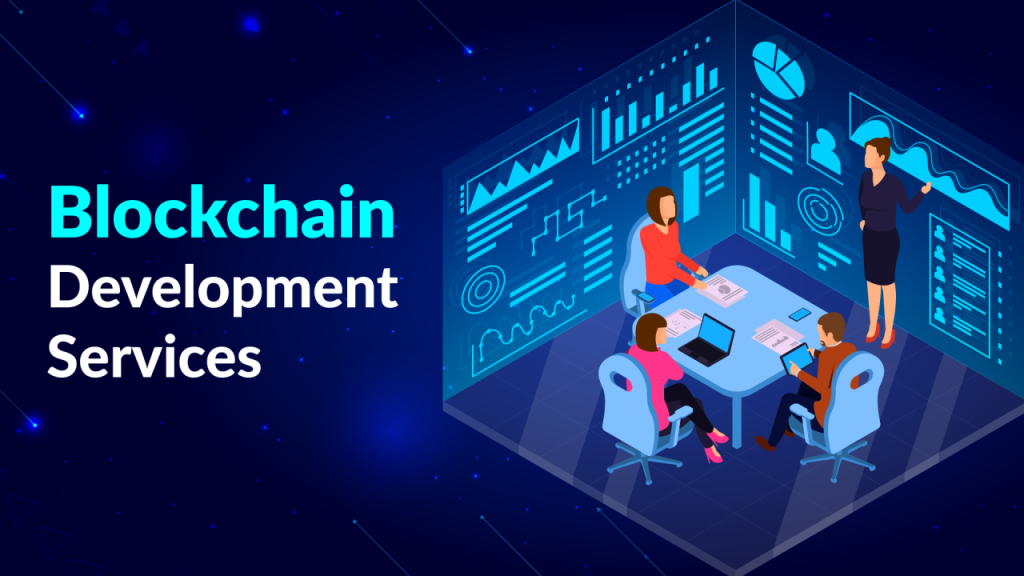
DreamzIoT’s blockchain development services empower businesses with secure, transparent, and decentralized solutions. Leveraging cutting-edge blockchain technology, we offer end-to-end development services tailored to your specific needs. Our team specializes in creating smart contracts, ensuring tamper-resistant and automated execution of agreements. We implement robust consensus algorithms to enhance data integrity and eliminate the risk of fraud. Here are the key aspects of blockchain development:
Understanding Blockchain Technology:
- Decentralization: Blockchain operates on a decentralized network of nodes, removing the need for a central authority.
- Consensus Mechanisms: Various consensus algorithms (e.g., Proof of Work, Proof of Stake) ensure agreement on the state of the blockchain among participants.
Choose a Blockchain Platform:
- Select a blockchain platform that suits your project requirements. Popular choices include Ethereum, Binance Smart Chain, Hyperledger, and others.
- Ethereum is widely used for decentralized applications and smart contracts, while Hyperledger is more focused on enterprise solutions.
Development Languages:
- Solidity: Commonly used for Ethereum smart contracts.
- Go, Java, JavaScript: Used in Hyperledger Fabric development.
- Rust, C++: Used in some blockchain platforms.
Smart Contracts:
- Smart contracts are self-executing contracts with the terms of the agreement directly written into code.
- Solidity is a popular language for writing smart contracts on Ethereum.
Decentralized Applications (DApps):
- DApps are applications built on top of blockchain technology.
- Web3.js (for Ethereum) and similar libraries enable interaction with smart contracts from a user interface.
Tokenization:
- Create and manage tokens on the blockchain using standards like ERC-20 (fungible tokens) or ERC-721 (non-fungible tokens) on Ethereum.
Security:
- Implement best practices to secure smart contracts and prevent vulnerabilities.
- Conduct thorough testing, including code audits and penetration testing.
Consensus Mechanism:
- Understand and configure the consensus mechanism relevant to your blockchain platform.
- Ensure network security through proper consensus algorithm implementation.
Wallet Integration:
- Integrate cryptocurrency wallets to enable users to interact with your DApp.
API Integration:
- Connect your DApp to external data sources or APIs for real-world information.
Testing and Deployment:
- Test your smart contracts using tools like Truffle or Hardhat.
- Deploy your smart contracts and DApp on the chosen blockchain.
Maintenance and Upgrades:
- Regularly update and maintain your blockchain applications.
- Stay informed about platform updates and changes.
Remember that the blockchain space is dynamic, and staying updated on the latest developments is crucial for successful blockchain development. Additionally, consider the specific requirements of your project and whether a public or private blockchain is more suitable.





